Description
hardware flow control. It is an ideal choice in the field of industrial automation.
In the Internet of Things era, look at the IOT strategic deployment of the “four major families” of industrial robots
When we talk about Industry 4.0 or smart manufacturing, we cannot help but mention the “four major families” of robots – KUKA, ABB, FANUC, and Yaskawa,
because as the industrial robot companies with the highest level of intelligence at present, they are in the industry They have important influence. In the era of the
Internet of Things, what are these four major families doing?
As a relatively mature product, industrial robots are difficult to judge from the perspective of ordinary users. Especially in today”s era, it is impossible to create a
generational gap through technology.
Just like when someone asks about the advantages and disadvantages of the car-making technologies of Mercedes-Benz and BMW, all I can say is, “It doesn”t matter
if you ride in a Mercedes-Benz or drive a BMW.” Comparing industrial robots to car-making, most of the key technologies used in car-making must be shared by Mercedes-Benz
and BMW. The differences in other “marketing technologies” will not affect the technological competition pattern.
So what will industrial robot manufacturers mainly rely on to widen the gap in the future? There is only one answer, the Internet of Things strategy. Without realizing it,
KUKA, ABB, FANUC, and Yaskawa, the four major industrial robot giants, have already been stationed in the field of Internet of Things and are ready to go.
KUKA(Midea)
On December 30, 2016, Midea Group’s tender offer for the shares of Germany’s KUKA Group (KUKA), the world’s leading provider of intelligent automation solutions,
through MECCA InternaTIonal (BVI) Limited, has received approval from all relevant regulatory authorities.
At the annual meeting of Midea Group on January 12, 2017, Fang Hongbo, Chairman of Midea Group, emphasized the industrial significance of Midea’s acquisition
of KUKA: In the future, Midea will build a second industrial segment besides the home appliance industry, namely the robotics and industrial automation industry segment. This is The new growth point of beauty.
The annual meeting invited KUKA CEO TIll Reuter, who has just entered the Midea system, to give a speech. When explaining the core strategic goals for the future,
Reuter mentioned the two concepts of “intelligent machines” and “digital areas”, which are the two concepts that run through the Internet of Things technology in the company”s business:
Intelligent machines: Among the industrial robots manufactured by KUKA, they are equivalent to advanced robots with both autonomy and mobility. Soon a large number
of industrial robots will “step out of the work cage that is isolated from humans” and begin to work closely with humans, further improving their flexibility. Reuter said that as
industrial robots continue to develop, smart machines with better autonomy and mobility will emerge.
Digital area: It is a solution that combines the knowledge related to production processes of various industries that KUKA has cultivated in the past with the
most cutting-edge IT. Reuter said: “We are familiar with the production processes of products such as cars and aircraft. We want to connect our technical experience with IT to provide
customers with intelligent systems.” Reuter said that by optimizing intelligent systems, that is, complex systems based on big data analysis, reducing downtime
and predictive maintenance of various production systems, new business models can be created and a highly integrated value chain can be built.
According to IFR data, in the field of automobile manufacturing, KUKA robots have the largest market share in the world. We might as well start with the automotive industry
and show you how KUKA uses the “Internet of Things box” to construct the Jeep Wrangler”s body-in-white workshop into an IIoT (Industrial Internet of Things) factory.
https://www.xmamazon.com
https://www.xmamazon.com
https://www.plcdcs.com/
www.module-plc.com/
https://www.ymgk.com
IS420UCSCH1C Mark VIe controller
Four core controller IS420UCSCH1A
IS420UCSBS1A Security controller
IS420UCSBH4A high efficiency controller
IS420UCSBH3A Mark VIe controller
IS420UCSBH1A high-speed controller
IS420UCPAH2A extended I/O board
IS420PUAAH1A I/O module
IS420PSCAH1B Communication I/O module
IS420PPNGH1A controller
IS420PFFAHIA bus gateway
IS420PFFAH1A Gateway
IS420ESWBH5A Control system module
IS420ESWBH4A 16-port gateway module
IS420ESWBH3A 16 Port module GE IS420ESWBH2A
IS420ESWBH2A gateway module GE IS420ESWBH3A New original
IS420ESWBH1A switch
IS420ESWAH5A Ethernet switch
IS420ESWAH4A network switch
IS420ESWAH3A Mark VIe network switch
IS420ESWAH2A high voltage switch
IS420ESWAH1A eight-port switch
IS220YDOAS1A I/O module
IS220PSCAH1A Communication I/O module
IS220PPDAH1B CPU controller
IS220PPDAH1A servo drive
IS215UCCAM03A control system I/O module
IS200WROBH1A Input/Output module
IS200TVIBH2B control module
IS200TBTCH1C electric couple input module
IS200TBCIH2B DCS module
IS200SRTDH1A Temperature suppression module
IS200SRTDH1A Temperature control module
IS200SCTLG1A PLC function module
IS200JPDGH1A I/O power module
IS200FOSAG1A Optical fiber interface module
IS200DAMEG1A Interface module
MVI56E-MCMR ProSoft Technology communications module
DS2020FECNRP010A Excitation module
GE PAC8000 Series 8602-FT-ST Field terminal
MV169-PDPMV1 PROSOFT communication module parameters
8200-1302 WOODWARD controller governor
2094-BM01-S Rockwell servo controller
AB PLC 1747-SDN communication module
1756-ENBT Rockwell module controller
FIREYE 85UVF1-1QD flame detector
80VD100PD.C022-01 B&R servo drive
FISHER 38B5786X132 Locator accessory
33VM52-000-29 Pacific Motor controller
31C075-503-4-00 SEW Frequency converter reducer
5SHY35L4503 IGCT module with SCR all new
1X00416H01 OVATION Power module
DS200TCTSG2ACC Programmable controller
DS200TCTSG1AFE turbine control
DS200TCTSG1AEE analog output module
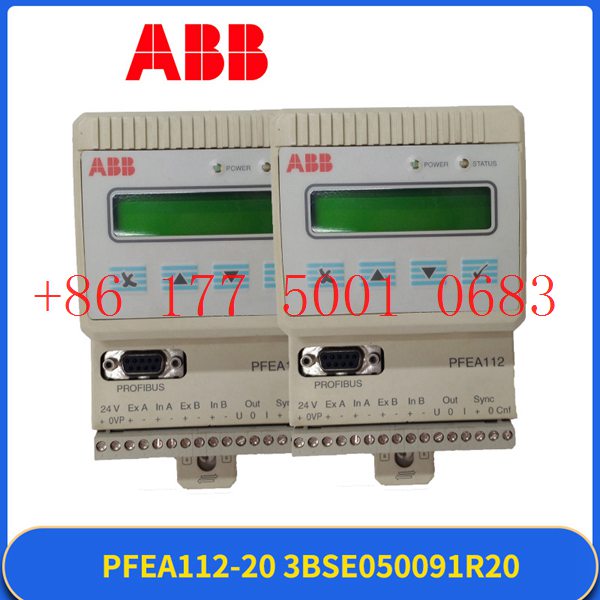
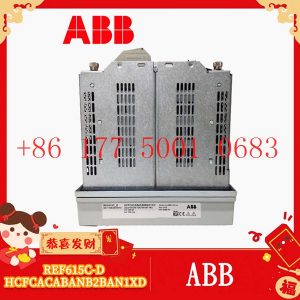
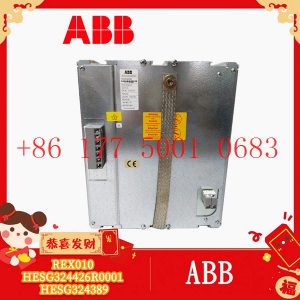
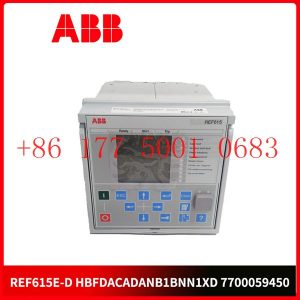
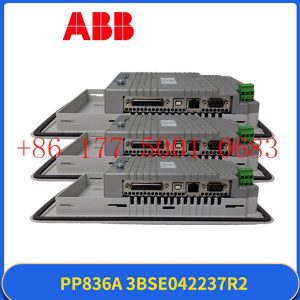




Reviews
There are no reviews yet.